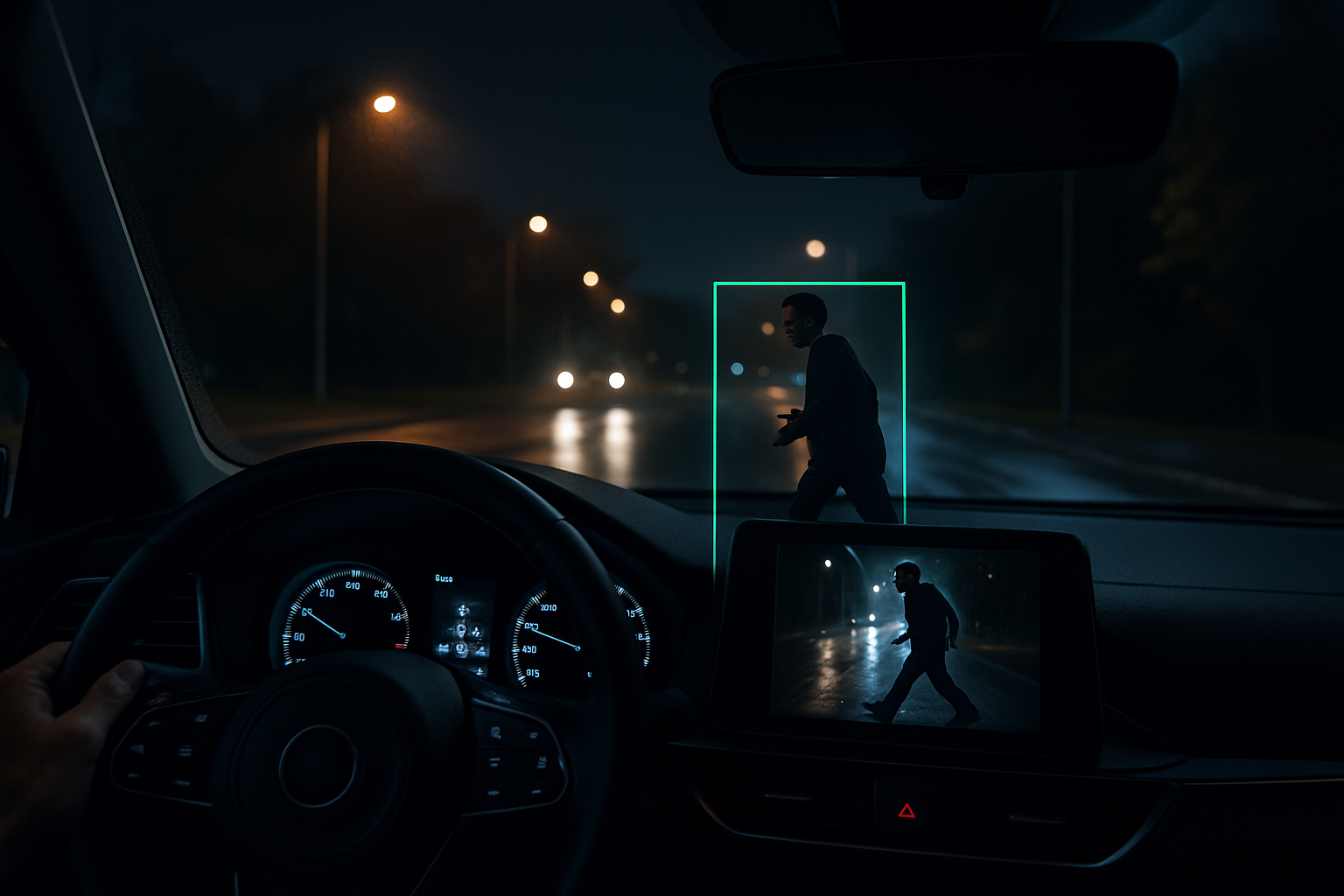Advancements in Car Safety Technologies: A Closer Look at Pedestrian Detection Systems
Imagine hitting the road on a foggy evening. The visibility is low, and unfortunately, a pedestrian is crossing the road ahead. But before you even see them, your car brakes automatically. That's the power of pedestrian detection systems, a remarkable advancement in automotive safety technology. This article dives deep into this innovative feature, tracing its developmental journey, current industry trends, and its impacts on driving safety.

From Concept to Reality: The Journey of Pedestrian Detection Systems
The pedestrian detection system, as we know it today, has been a product of years of technological evolution. Initially, the concept was theorized in the late 1990s as automotive safety engineers began exploring ways to reduce pedestrian fatalities. However, the technology required to realize this vision was not yet mature. It was only in the mid-2000s, with the advent of more sophisticated sensors and artificial intelligence algorithms, that the first pedestrian detection systems were developed. In 2008, Volvo, a company renowned for its commitment to safety, was the first to introduce a pedestrian detection system in a commercial vehicle – the Volvo S60.
Current Trends: AI and Sensor Fusion
Today, the technology has advanced significantly, with most premium car brands offering pedestrian detection systems in their high-end models. The systems have become more sophisticated, leveraging Artificial Intelligence (AI) and sensor fusion techniques. AI algorithms process data from various sensors to identify pedestrians accurately, even in challenging scenarios like low-light or crowded streets. Sensor fusion, where data from different types of sensors such as cameras, radars, and lidars are combined, further improves the detection accuracy.
The Impact: Safer Roads, Fewer Accidents
Pedestrian detection systems have contributed significantly to making roads safer. According to a study by the Insurance Institute for Highway Safety (IIHS), vehicles equipped with pedestrian detection systems have a 35% lower rate of pedestrian-related accidents. Additionally, these systems have also been shown to reduce the severity of accidents when they do occur.
Challenges and Future Prospects
Despite the clear benefits, pedestrian detection systems are not without their challenges. The technology still struggles in certain scenarios, such as detecting pedestrians at night or in adverse weather conditions. Additionally, the systems are currently mostly available only in high-end models due to their cost.
However, the future of pedestrian detection systems looks promising. With advancements in AI and sensor technology, we can expect the systems to become more accurate and reliable. Furthermore, as the technology becomes more mainstream, it is likely to become more affordable and thus available in a wider range of vehicles.
In conclusion, pedestrian detection systems represent an exciting development in automotive safety technology. With their ability to prevent accidents and save lives, they are a perfect example of how technology can make our roads safer. As we look to the future, we can only expect these systems to become even more effective and widespread, making our driving experiences safer and more secure.





